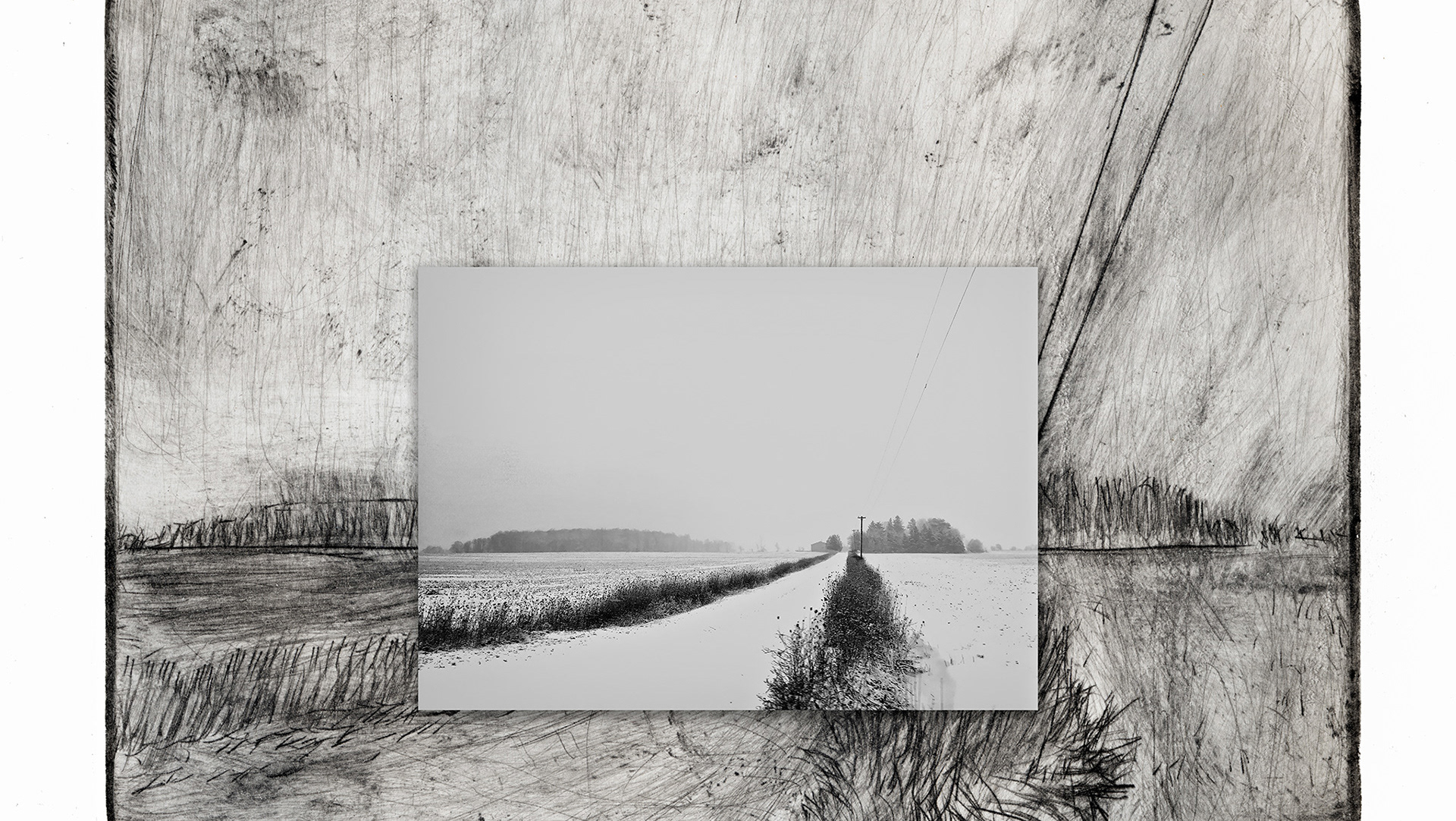





Concrete is one of the most prolific materials on earth, and it has had a profound impact on the modern world. Concrete has shaped the modern world and it has several philosophical implications and associations that go beyond its practical use in construction.
Concrete, as a solid and tangible substance, can symbolize the physical world and the limitations and constraints that individuals face in their lives. Metaphorically, it can be used to explore the relationship between the concrete and the abstract. Philosophers may use concrete examples or objects to illustrate abstract concepts or to question the nature of abstraction itself.
Concrete, despite its durability, is subject to the passage of time and eventual decay. One may use concrete examples of aging or deteriorating concrete structures to reflect on the nature of time, impermanence, and mortality and the transient nature of all things.
Art and aesthetics may explore the implications of concrete in architecture and design. Concrete structures can raise questions about beauty, form, function, and the role of human creativity in shaping the physical environment.
Concrete structures, such as walls and barriers, can take on significant social and political symbolism. They can represent division, exclusion, or confinement, sparking discussions about social justice, power, and the impact of physical structures on society
Past ages of human history have been named after the dominant materials of the time - the Stone Age, the Bronze Age, the Iron Age. It is now the Age of Concrete.
Print inquiries welcome.







